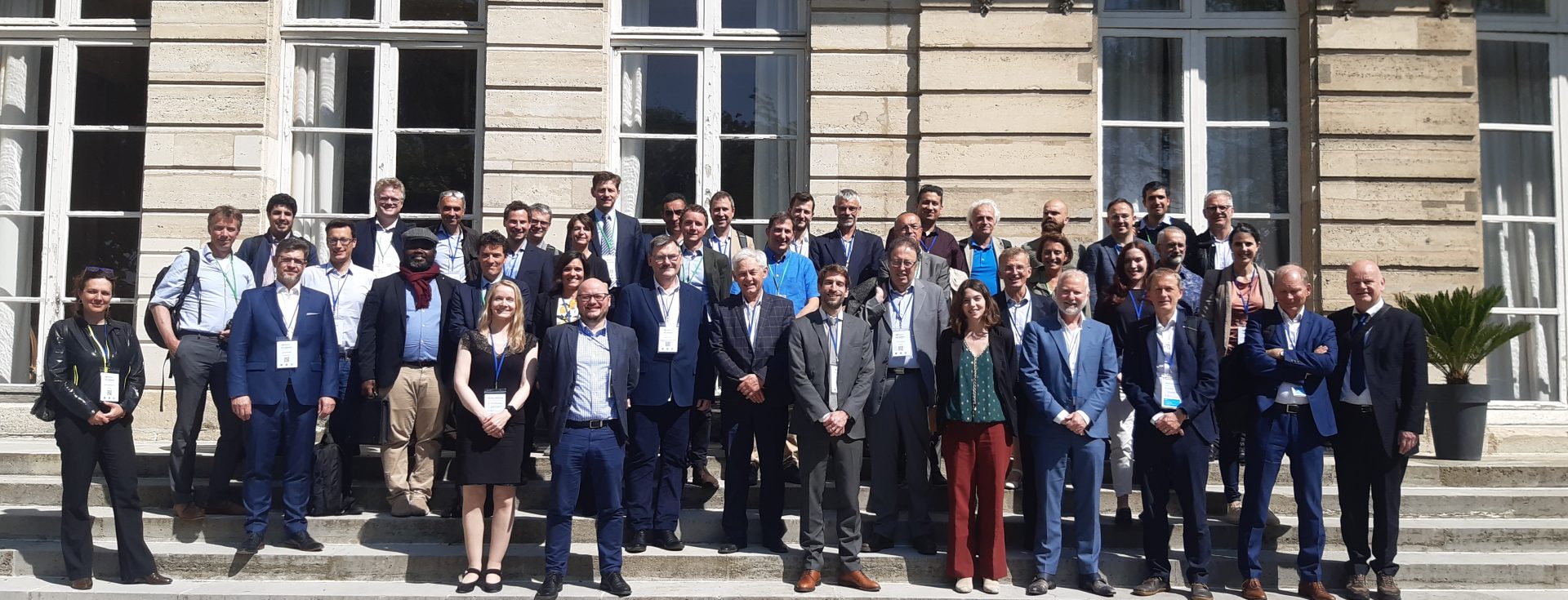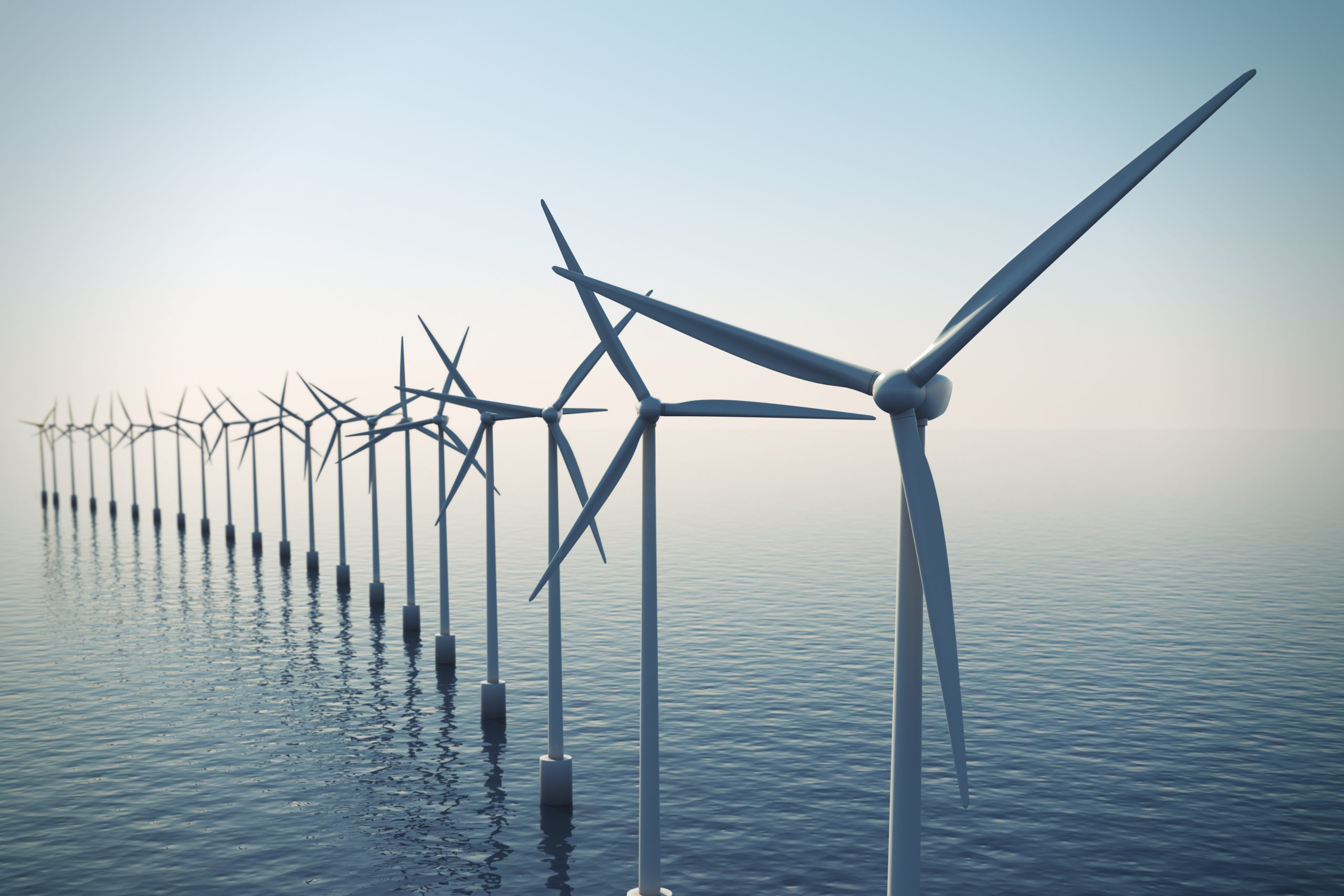

Hystories is an acronym that stands for “HYdrogen STORage In European Subsurface”. It is a scientific research project on the possibilities of storing hydrogen in porous environments, such as depleted gas or oil fields and aquifers.
Hystories is a collective that brings together public actors (European universities, research institutes) and private actors (consulting firms, industrial and energy storage site operators) to develop technical solutions and produce socio-economic analyses on the possibilities of such geological storage.

Discover the Conceptual Diagram of Hydrogen Storage in Porous Media
©Hystories
A conference presenting all the project work was held on May 25th and 26th, 2023, in the main auditorium of the Mines ParisTech.

Green hydrogen is a clean and renewable energy vector. The use of this gas as an energy source could transform our industry and mobility sustainably. Additionally, it can be considered as a solution for storing electricity produced by intermittent renewable energies. For instance, green electricity generated by wind turbines or solar panels could be converted into hydrogen through electrolysis, which could then be stored underground and finally reconverted into electricity, which would be injected back into the grid through fuel cell systems. This “Power to Gas to Power” scheme could mitigate the inherent intermittency of renewable energies. To accelerate the deployment of this value chain, it is necessary to find solutions for massive storage. Storage in porous media would open up very interesting possibilities for the European Union.

The Hystories project, funded by the European Union, explored underground hydrogen storage in Europe from January 1, 2021, to June 30, 2023. Led by Geostock, it involved key partners across Europe and gathered geological data from 23 countries. The project focused on salt caverns and porous media (depleted liquid or gaseous hydrocarbon reservoirs, saline aquifers).
The current industrial experience of pure hydrogen storage is limited, with only a few projects in Europe and the United States. While the storage of town gas (a mixture containing hydrogen) in porous media has a historical precedent, the storage of pure hydrogen presents new challenges, particularly due to its reactivity, its ability to embrittle steels, and its low viscosity and volumetric energy density.
The main objectives of the Hystories project were to bring technical developments to large-scale renewable hydrogen storage in depleted fields or aquifers and to assess how underground hydrogen storage could facilitate the transition to a CO2 emission-neutral energy system in the EU by 2050.
The project identified potential underground hydrogen storage sites in porous media and estimated their total hydrogen storage capacity at 6,850 TWh (19,000 TWh including offshore sites) in the EU and neighboring countries. A risk analysis method associated with microbial activity in future underground hydrogen storage was proposed, and hydrogen consumption was modeled, with results showing 0.06% at the laboratory scale and 0.004% at the storage scale after five seasonal injection and withdrawal cycles of hydrogen. A dozen common steel grades for oil tubing were tested in a hydrogen environment, and recommendations were issued on the type of steel to be used in storage.
In conclusion, underground hydrogen storage has significant potential to contribute to the decarbonization of energy networks and societies, especially in Europe. Storage in salt caverns is considered technically mature. Storage in depleted fields or aquifers has no major identified technical impediment, although questions remain regarding the quality of the gas released and potential treatment costs before it can be re-injected into a hydrogen distribution network. The project also highlighted the importance of the regulatory framework and business models for the deployment of storage sites, as well as the need for further investigation into cost estimation and the role of underground hydrogen storage in the energy value chain.

Hystories is a research project supported by the European Union.
This project has received funding from the Fuel Cells and Hydrogen 2 Joint Undertaking (now Clean Hydrogen Partnership) under Grant Agreement No 101007176. This Joint Undertaking receives support from the European Union’s Horizon 2020 Research and Innovation program, Hydrogen Europe and Hydrogen Europe Research.
https://cordis.europa.eu/project/id/101007176
Funding : €2,499,911.75

The Hystories project stems from a cooperation of European public entities (universities, research centers) and private entities (consulting firms, industrial actors), grouped in a consortium led by Geostock.
This European partnership consists of 7 main partners, 17 third-party entities, as well as an advisory board composed of 13 industrial operators in the gas market. These actors come from 17 countries: Austria, Belgium, Croatia, Czech Republic, Denmark, England, Estonia, France, Germany, Greece, Italy, Norway, Poland, Portugal, Romania, Spain, Turkey.

Hystories is made up of seven key public and private partners involved in underground storage in Europe: CO2GeoNet, Fundación para el desarrollo de las nuevas technologías del hidrógeno en Aragón, Geostock, Ludwig-Bölkow-Systemtechnik GmbH (LBST), MicroPro GmbH, Mineral and Energy Economy Research Institute, Montanuniversitaet Leoben.
Some of these entities are experts in underground storage of gas and CO2. Others have extensive experience in strategic evaluation, feasibility, and market analysis. Some partners are also renowned university institutes for their cutting-edge research in mining, minerals, and hydrogen technologies. Finally, a foundation specializing in the valorization of hydrogen as an energy vector is also a key player in the project. Six of these partners are located in five European countries: Germany, Austria, Spain, France, and Poland. The seventh partner, CO2GeoNet, is a network whose members cover nearly 20 European countries.
The advisory board is composed of 13 industrial operators or suppliers in the gas market: Enagas, Fluxys, Gas System, Humbly Grove Energy, IGS, OGE, Ontras, RAG Austria AG, Storengy Deutschland, Teréga, Uniper, Vallourec, VNG. The role of this board is to express the needs of the industry. Its role is also to provide samples (metallic components, fluid samples, etc.). These 13 industrial operators represent a workforce of several tens of thousands of professionals dedicated to the Oil&Gas industry, with a storage capacity of around 200 TWh and a pipeline network of several tens of thousands of kilometers.
17 research institutes or geological services, members of CO2GeoNet, participate in the Hystories project. They enabled the project to gather geological data from 23 European countries: BRGM, British Geological Survey, CERTH – Centre for research & technology Hellas, Czech Geological Survey, Estonian University TalTech, GeoEcoMar, Geological Survey of Belgium, Geological Survey of Denmark and Greenland, Geologische Bundesanstalt, GIG – Research Institut, Helmhotz-Zentrum Potsdam, Instituto de Ciências da Terra, Instituto Geológico y Minero de España, OGS – The National Institute of Oceanography and Applied Geophysics, Orta Doğu Teknik Üniversitesi, Research Institute NORCE, University of Zagreb.